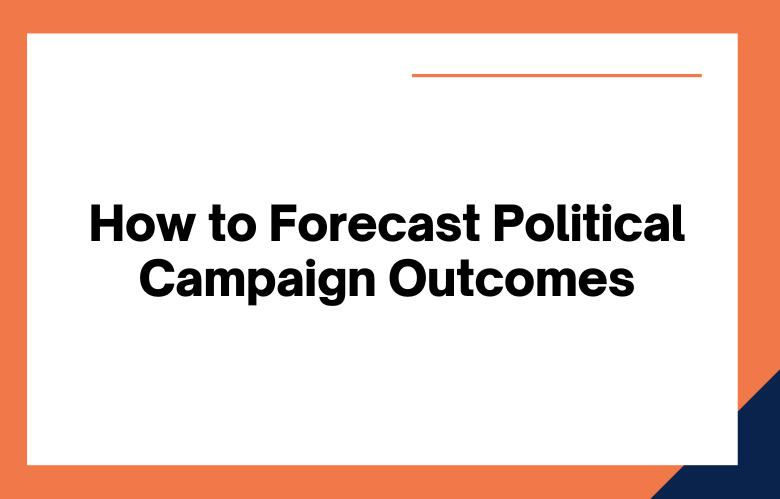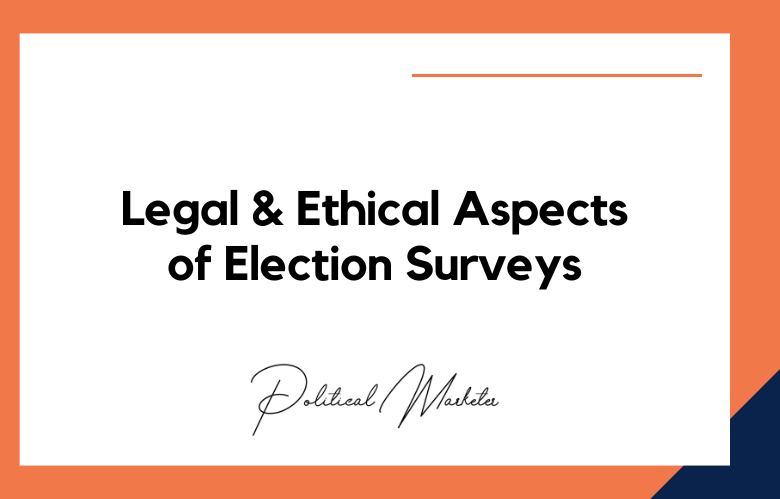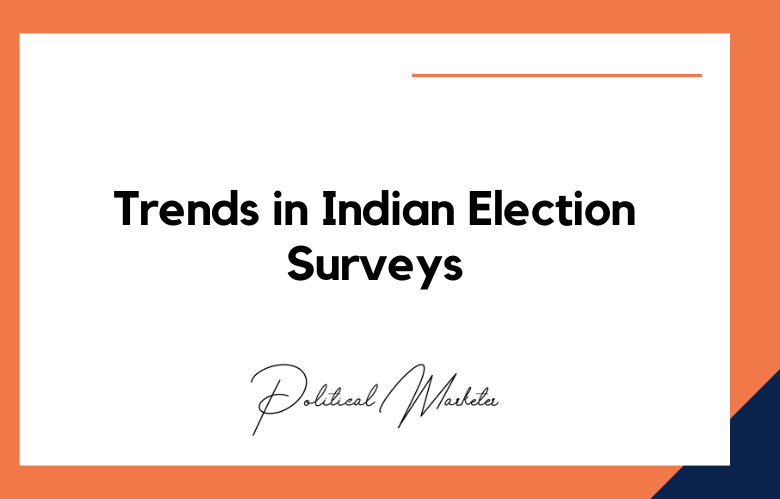Forecasting the outcome can feel like a dark art for anyone involved in a political campaign. Will our candidate win? If so, by how much? And what factors will have the most significant impact on the race?
This is where data comes in. By analyzing past election outcomes and polling data, we can understand which factors are most predictive of electoral success. This blog will expose you to essential elements when forecasting a political campaign.
Ways to forecast Political Campaign outcomes with better Precision & Transparency
The popular vote
The popular vote is perhaps the most obvious factor when forecasting a political campaign. It is simply the total number of votes cast for each candidate. The candidate with the more outstanding votes wins the election.
Fundraising
Another essential factor to consider is fundraising. Candidates need money to run ads, hire staff, and travel around the country campaigning. The candidate who raises more money will usually have an advantage over their opponent.
Party identification
Another factor that can be predictive of election outcomes is party identification. It is whether someone identifies as a Democrat, Republican, or independent. In recent years, there has been a trend of people identifying as independents. However, party identification is still a strong predictor of how people will vote.
Previous electoral history
Finally, another factor to consider is previous electoral history. It simply means looking at how a candidate has fared in the last elections. If they’ve won before, they’re more likely to win again.
Forecasting political campaign outcomes accurately has always been fraught with challenges and risks for everyone involved. Opinion polls have been the most common approach to predicting election results, but they are often criticized for being inaccurate.
In recent years, there has been a shift toward using data science and machine learning to forecast election outcomes with more precision and transparency. This approach has several advantages over opinion polls, which rely on small sample sizes and can be easily influenced by outside factors.
Additionally, data science-based models can be updated in real-time as more data becomes available, which allows for more accurate predictions closer to Election Day.
One company that is ahead in using data science to forecast political campaigns is Cambridge Analytica. The company uses a variety of data sources, including social media data, to build models that can predict how people will vote in elections. In the 2016 U.S. presidential election, Cambridge Analytica was able to correctly predict the winner of each state using their data-driven approach.
A More Accurate Picture with Big Data
There are several advantages to using big data in political forecasting. Firstly, it can provide a more accurate picture of the electorate than traditional polling methods. Big data contains a wealth of information on demographics, attitudes, and preferences, which are used to build models that accurately reflect the population.
Secondly, big data is updated in real-time so forecasts can be made closer to election day. This is important because voter behavior often changes in the weeks of an election, and traditional polling methods may not pick up on these changes.
Thirdly, big data can identify patterns in voting behavior that would otherwise be invisible. For example, social media data can be used to track the online activity of potential voters and see which candidates or issues they are engaging with. This type of data would not be available through traditional polling methods.
Finally, big data is widely known and relatively easy to access, so anyone interested in political forecasting can use it without commissioning expensive surveys.
However, it is essential to note that big data is not a silver bullet – it cannot magically transform inaccurate forecasts into accurate ones. For predictions based on big data to be accurate, they must be based on sound methodology. The following section will outline essential methods for incorporating big data into forecasting models.
Critical Methods for Utilizing Big Data
One critical method for utilizing big data in political forecasting is “data fusion .”This involves combining different types of data (e.g., demographic information from census data with attitudinal information from surveys) to get a complete picture of the electorate. This technique can help to overcome some of the limitations of traditional polling methods by providing a fuller picture of voter behavior.
Another critical method is “machine learning,” which automatically uses algorithms to identify patterns in large datasets. This technique can identify relationships between variables (e.g., income level and voting intention), which would not be apparent from the raw data alone.
Applying these techniques requires both expertise and experience. At Metric Media, we have a team of experts who specialize in using big data for political forecasting. We have years of working experience with media organizations and pollsters worldwide.
Our forecasts are regularly featured in major news outlets such as The New York Times and The Washington Post; if any help is needed, in touch if you want help incorporating big data into your forecasting models.
One method developed to improve the accuracy of political forecasting is the “Delphi method.” The Delphi method is a structured way of collecting and aggregating expert opinions. It involves having a panel of experts answer questions about the future outcome of an event and then using statistical techniques to combine their answers into a single forecast.
Another method developed to improve the accuracy of political forecasting is known as “quasi-experimental design.” A quasi-experimental design tests hypotheses by observing what happens when certain variables are changed in a naturally occurring situation.
For example, one could use a quasi-experimental format to test whether campaign spending affects election outcomes by comparing election outcomes in states where there was an increase in campaign spending to those where there was no change in campaign spending.
Conclusion
These are just a few factors you should consider when forecasting a political campaign outcome. By analyzing these factors and others, you can get a more accurate picture of who is likely to win an election and how much. Of course, no prediction is ever 100% correct, but by using data and analytics, we can get closer to understanding what will happen on Election Day.
The science of forecasting is constantly improving, and we are excited to apply these techniques to the political arena. Our team of experts can help your campaign achieve better precision and transparency with your voters. Reach us today for a consultation on how our services can benefit your political campaign.










